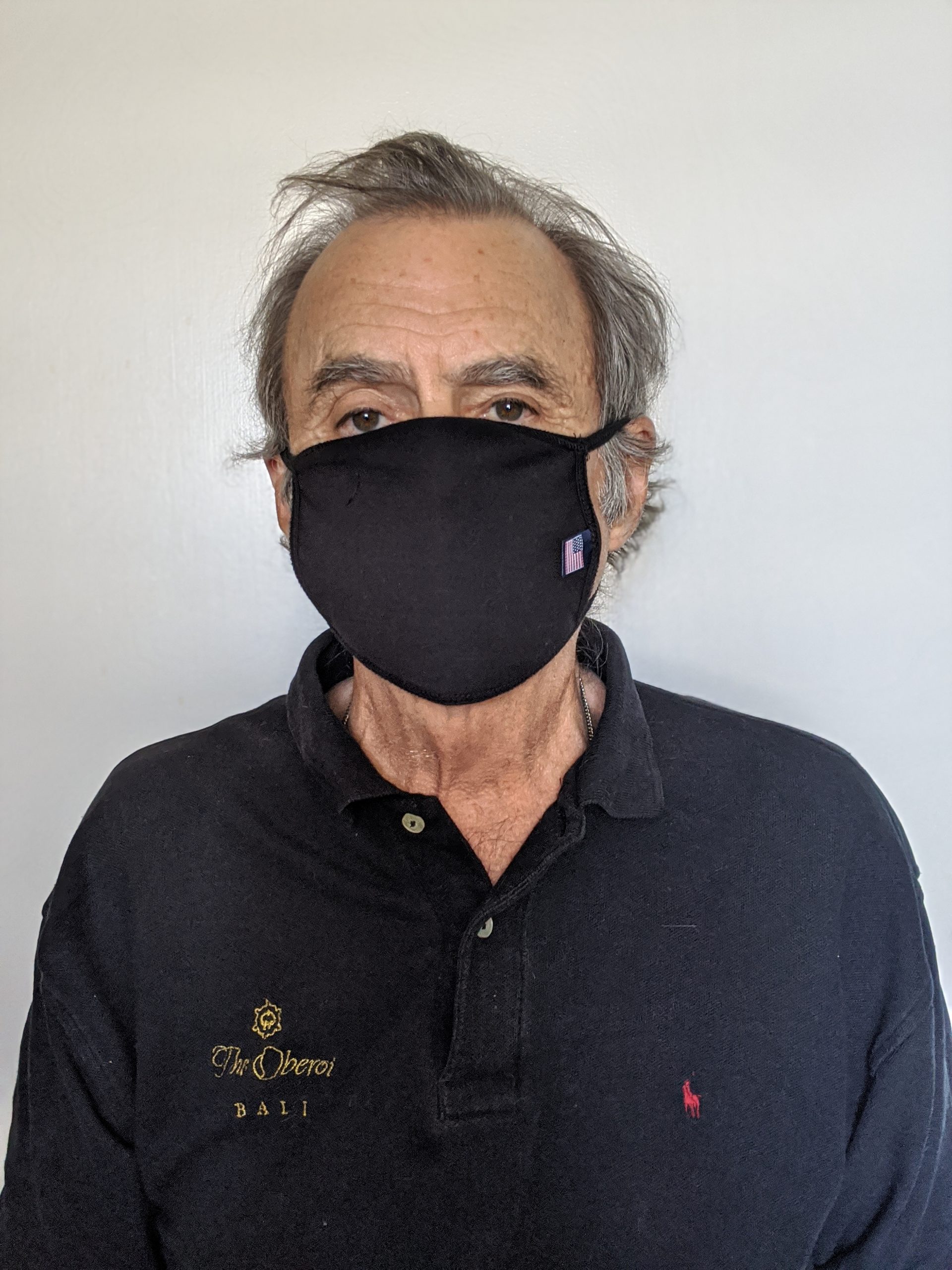The Sheraton Rebirth Nobody Wanted and Nobody Has Noticed

by Robert McGarvey
Press releases flew and they carry the breathtaking message that the Sheraton brand has been reborn. Reinvented. And maybe it should have been noted reincarnated because Sheraton was a brand one could be forgiven for thinking had died.
Six Sheratons are undergoing the renovation – in Phoenix, Denver, Dubai, Tel Aviv, Guangzhou and Minyang, China.
I often walk by the Sheraton in downtown Phoenix where the work has been in progress for what seems like forever. And it isn’t finished yet.
Are you anxious for the work to be done so you can rush to stay there?
That’s doubtful.
Read the Adweek headline for its Sheraton story: Sheraton Rebrand Aims to Bring Hotel Chain ‘Up to Date’ With a Focus on Communal Spaces.
Uh, forgive me for bringing it up but hasn’t this pandemic – which has killed over 400,000 of us, will kill a few more hundreds of thousands of us before it runs its course, and will not be a memory until maybe mid 2022 – put the hex on “communal” spaces?
Flip through the photos of the new Sheraton and the furniture is too close together, the room arrangements entirely too cozy.
Here’s another shot of the lobby from the Marriott press release. Way too close for comfort in a Covid era.
Here’s a guest room and it looks, well, like many others I have seen.
Ho hum.
Trade pub Travel Weekly prattled on: “Each property has received myriad updates, including a reimagined ‘Public Square’ lobby design, which Sheraton describes as the ‘heart of the Sheraton experience.’ The new lobbies feature elements like a communal table designed to serve as a shared workspace as well as flexible, tech-enabled Studio areas, which are enclosed in glass and can be used for small meetings or private dining experiences.”
Also central to the refreshed lobby experience is the introduction of Coffee Bar Bar, a new food-and-beverage concept that is ‘part bar, part coffee bar, part market.'”
I am pretty sure it is going to take many months before many of us will welcome the hurly burly of crowded public spaces and yet that is the hook on which Marriott wants to hang its buffed up Sheraton hat.
How out of touch is that?
But that’s not the only problem. The Adweek subhead threw a dart at it: One problem: The brand doesn’t seem to have a defined audience in mind.
Exactly who wants the new Sheraton? Nobody seems to know and, very likely, the answer is nobody wants it.
The strangeness goes on. The Arizona Republic, with a focus on the downtown Sheraton Grand which has been closed since March, reported that the hotel won’t open until May. It quoted a spokesperson: “‘For a hotel the size of the Sheraton Phoenix Downtown, we are reliant on groups coming to Arizona and coming to Phoenix specifically,’ hotel spokesman Jon Erickson said of the decision to postpone the reopening date for several months.”
Uh…downtown and in particular the Convention Center area where the Sheraton Grand sits roll up and wait out the long Phoenix summer months. Group bookings are sparse until Labor Day and the ones that come are from school groups, religious groups, and, well, not big spenders. They are unlikely to flock to the Sheraton Grand unless the summer room rates hover around $100 per night because there are plenty of rooms downtown that can be had for that amount.
And for the quants among us, there are around 445 Sheraton hotels worldwide, exactly six have undergone this transformation, some 36 more are said to be on schedule to finish renovations by 2022, but there is no timetable for when the remaining 400 or so to get the facelift. You can bet that hotel asset owners, who have been through a year that is the worst in hospitality history, per STR, and 2021 won’t be much better, will not clap their hands with glee at the prospect of pouring huge sums into their Sheraton to transform it to better suit, well, we don’t know who.
Especially not when many thousands of hotels across the country are expected not to reopen even once Covid is a memory. How many that shutter will be Sheratons?
And will any tears be shed for the departed?


